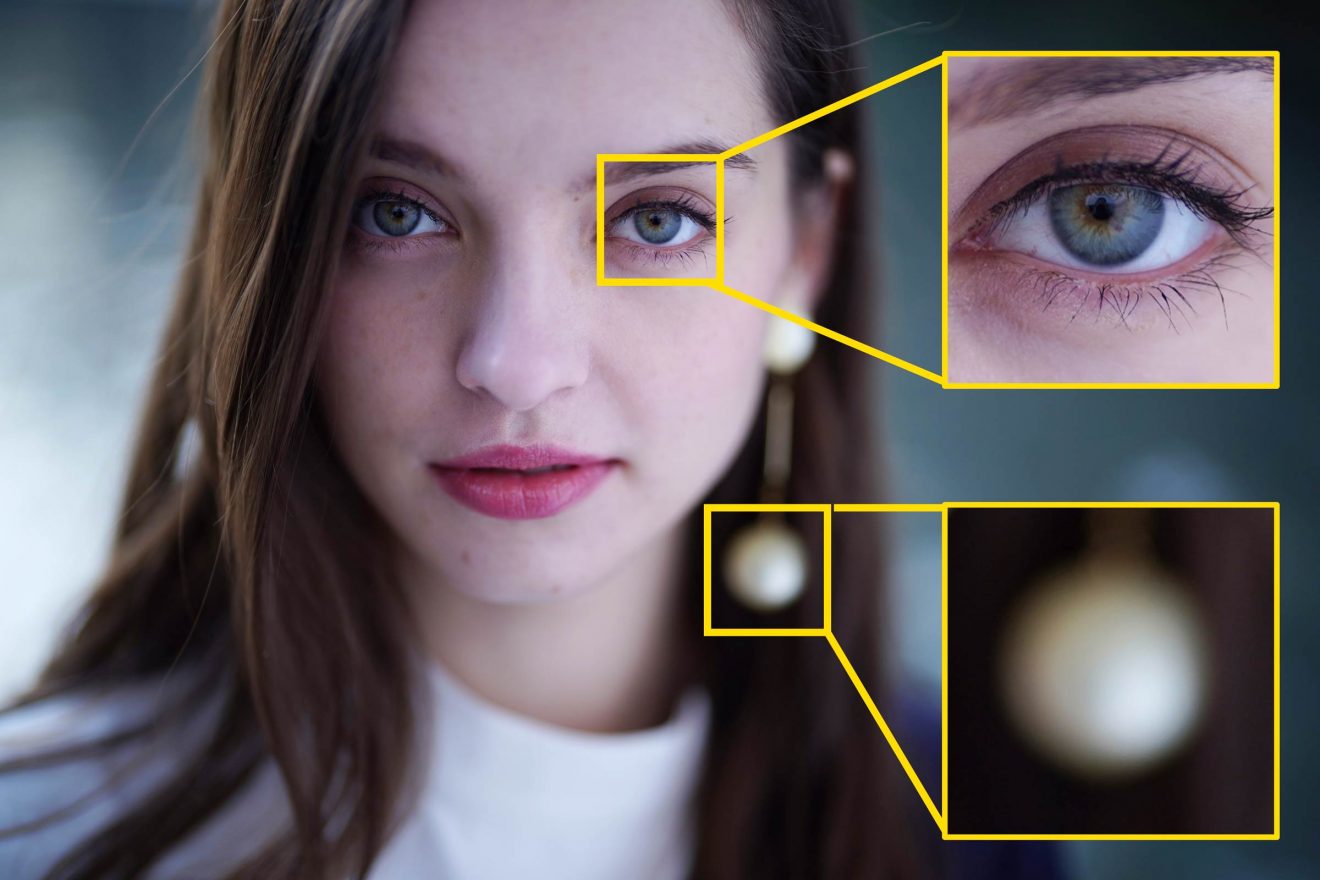

* The tests and most of the photos that I share as a part of my review cycle of the 50GM (as we’ll call it for brevity) have been done with the new Sony Alpha 1 which will serve as my benchmark camera for the foreseeable future ( my review here). And the 50mm F1.2 G Master is an amazing lens for portrait work and anything else you would capture with a 50mm lens.
Sony’s E-mount is smaller (46.1mm), but it turns out that this really isn’t a hindrance to producing amazing wide aperture glass like the Sony FE 50mm F1.2 G Master that I’m testing today.

It turns out, however, that the RF mount’s advantage is more about additional pins for communication as the mount diameter is the exact same as the decades old EF mount (54mm). It is most likely some Canon fanboy who spread this rumor after testing or using the Canon RF 50mm F1.2L ( an amazing lens that I reviewed here), as the early perception was that the size of Canon’s new RF mount allowed for a lot of new and unique development that older mounts did not allow for. You will never see autofocusing F1.2 lenses on Sony FE.” Hmmm, so why am I holding perhaps the best F1.2 50mm lens ever in my hands…and it’s a Sony with an FE mount? First of all, Sigma proved the fallacy of this in 2020 with the amazing Sigma 35mm F1.2 DN lens, w hich I reviewed here.

Case in point: “ the Sony E mount was developed for APS-C, and it’s smaller diameter makes it impossible to develop innovative, wide aperture full frame lenses for it. In this industry it is pretty common for someone influential to say something untrue and then it get repeated as Gospel truth without anyone really investigating the truth of the original statement. The Internet is a repository of the world’s information, but it is also a place where a lot of the world’s wrong information rests.


 0 kommentar(er)
0 kommentar(er)
